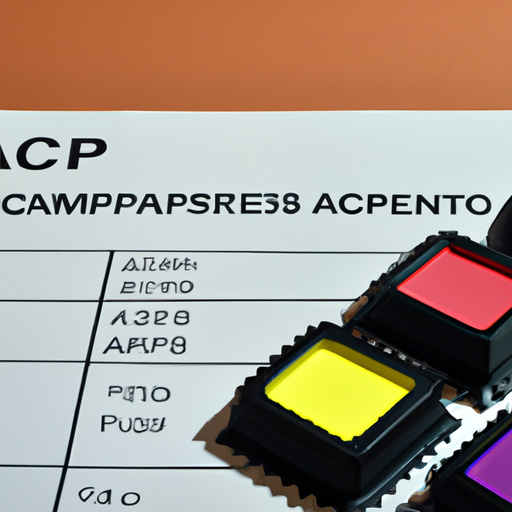Application Development in Color Sensors for CFR-50JB-52-13K: Key Technologies and Success Stories
Developing applications for color sensors like the CFR-50JB-52-13K involves leveraging various key technologies and methodologies to ensure accurate color detection and processing. Here’s an overview of the key technologies involved and some success stories that illustrate their application.
Key Technologies
| 1. Color Detection Algorithms | |
| 2. Signal Processing | |
| 3. Microcontroller Integration | |
| 4. Communication Protocols | |
| 5. User Interface Development | |
| 1. Quality Control in Manufacturing | |
| 2. Agricultural Applications | |
| 3. Art and Design | |
| 4. Smart Home Devices | |
| 5. Healthcare Applications | |
Success Stories
Conclusion

The CFR-50JB-52-13K color sensor can be effectively utilized across various industries, from manufacturing to healthcare, by leveraging key technologies such as advanced algorithms, microcontroller integration, and real-time data processing. The success stories highlight the versatility and impact of color sensors in improving processes, enhancing user experiences, and driving innovation. As technology continues to evolve, the potential applications for color sensors will likely expand, leading to even more innovative solutions.
Future Directions
| Enhanced Machine Learning Models: More sophisticated algorithms that can adapt to different environments and lighting conditions.Enhanced Machine Learning Models: More sophisticated algorithms that can adapt to different environments and lighting conditions. |
| Integration with Augmented Reality (AR): Applications that allow users to visualize color data in real-time through AR interfaces.Integration with Augmented Reality (AR): Applications that allow users to visualize color data in real-time through AR interfaces. |
| Sustainability Applications: Using color sensors to monitor environmental changes, such as water quality or plant health, contributing to sustainability efforts.Sustainability Applications: Using color sensors to monitor environmental changes, such as water quality or plant health, contributing to sustainability efforts. |
By continuing to explore and innovate in the realm of color sensors, developers can unlock new possibilities and applications that enhance various industries and improve everyday life.
Application Development in Color Sensors for CFR-50JB-52-13K: Key Technologies and Success Stories
Developing applications for color sensors like the CFR-50JB-52-13K involves leveraging various key technologies and methodologies to ensure accurate color detection and processing. Here’s an overview of the key technologies involved and some success stories that illustrate their application.
Key Technologies
| 1. Color Detection Algorithms | |
| 2. Signal Processing | |
| 3. Microcontroller Integration | |
| 4. Communication Protocols | |
| 5. User Interface Development | |
| 1. Quality Control in Manufacturing | |
| 2. Agricultural Applications | |
| 3. Art and Design | |
| 4. Smart Home Devices | |
| 5. Healthcare Applications | |
Success Stories
Conclusion

The CFR-50JB-52-13K color sensor can be effectively utilized across various industries, from manufacturing to healthcare, by leveraging key technologies such as advanced algorithms, microcontroller integration, and real-time data processing. The success stories highlight the versatility and impact of color sensors in improving processes, enhancing user experiences, and driving innovation. As technology continues to evolve, the potential applications for color sensors will likely expand, leading to even more innovative solutions.
Future Directions
| Enhanced Machine Learning Models: More sophisticated algorithms that can adapt to different environments and lighting conditions.Enhanced Machine Learning Models: More sophisticated algorithms that can adapt to different environments and lighting conditions. |
| Integration with Augmented Reality (AR): Applications that allow users to visualize color data in real-time through AR interfaces.Integration with Augmented Reality (AR): Applications that allow users to visualize color data in real-time through AR interfaces. |
| Sustainability Applications: Using color sensors to monitor environmental changes, such as water quality or plant health, contributing to sustainability efforts.Sustainability Applications: Using color sensors to monitor environmental changes, such as water quality or plant health, contributing to sustainability efforts. |
By continuing to explore and innovate in the realm of color sensors, developers can unlock new possibilities and applications that enhance various industries and improve everyday life.







